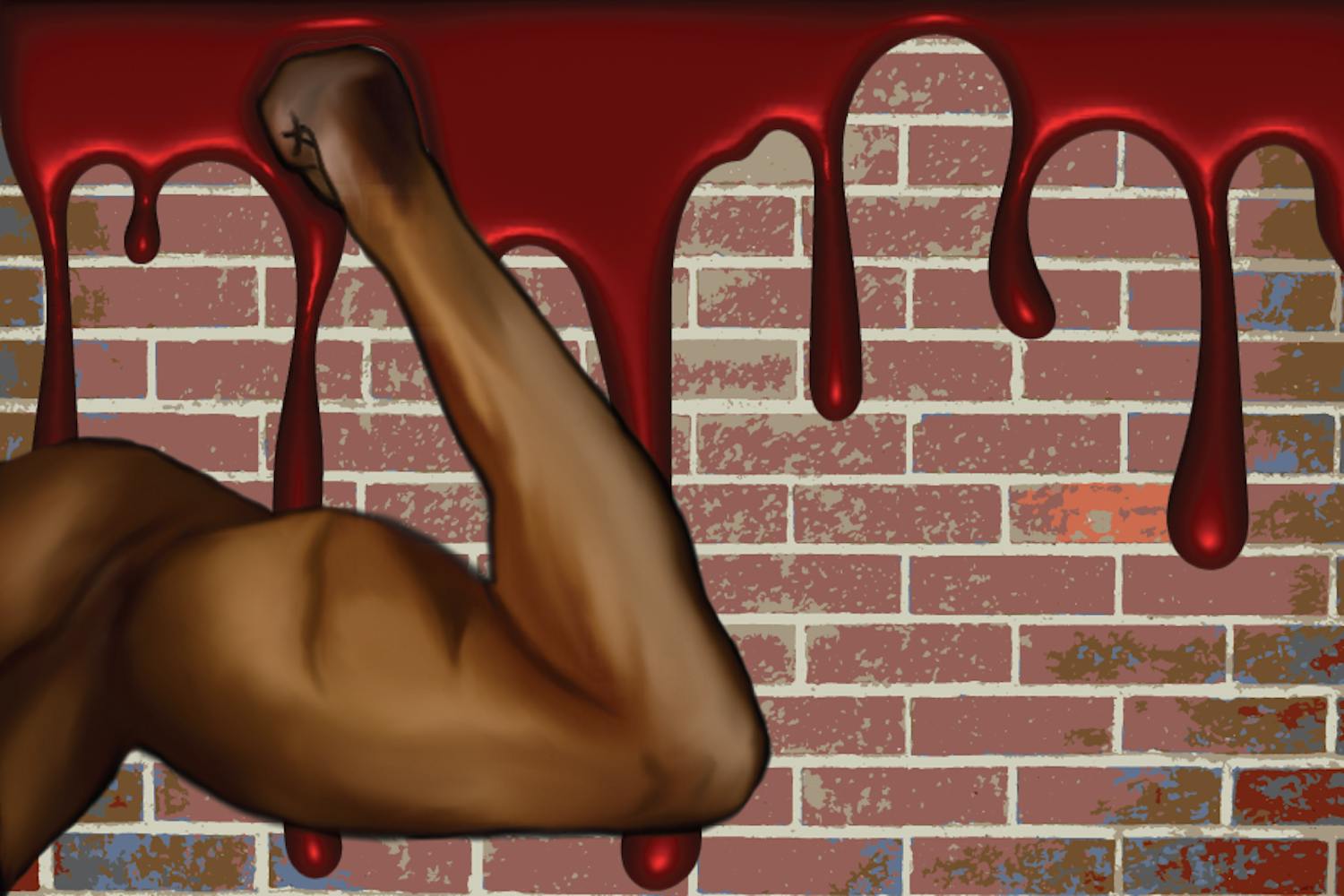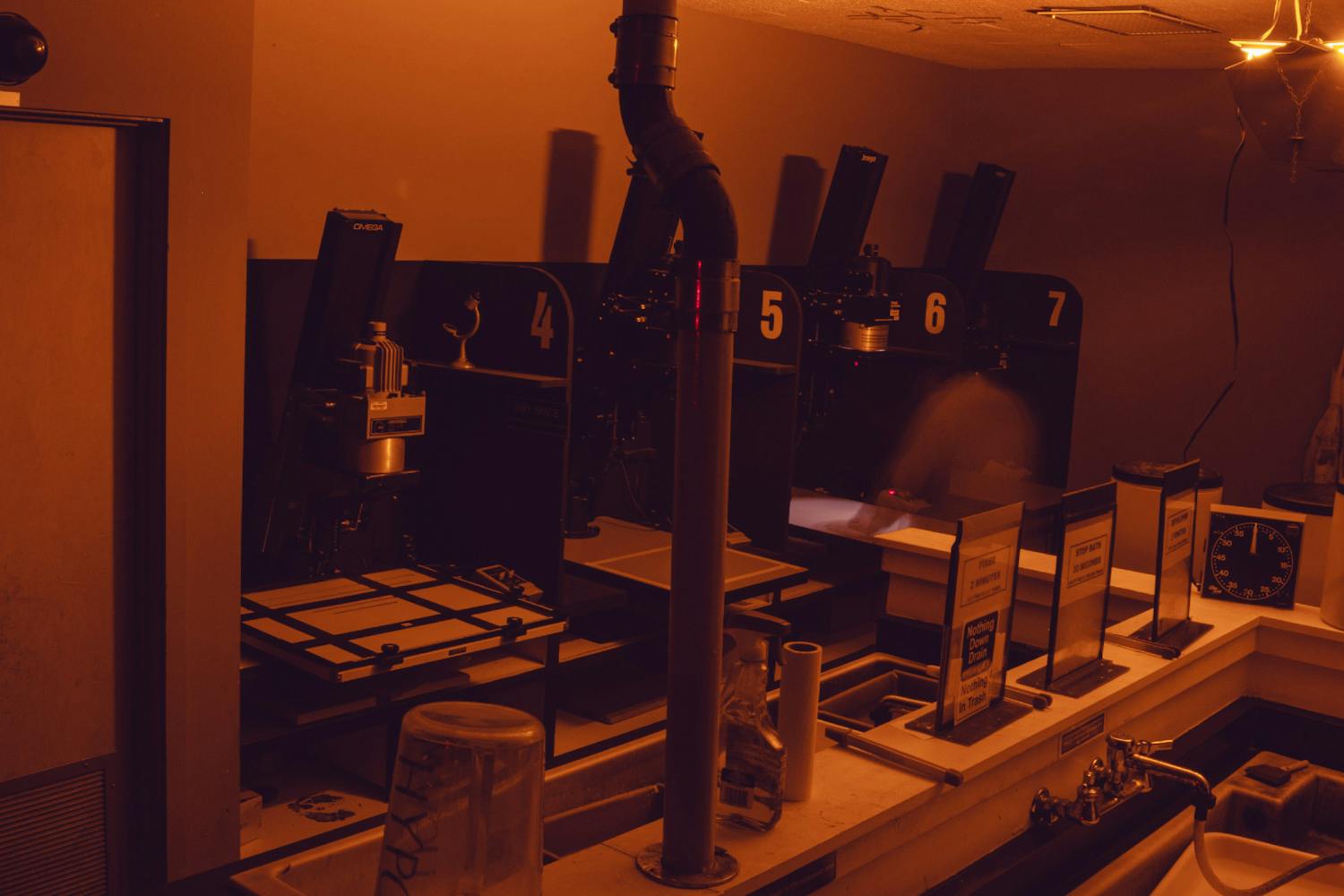When "The Hobbit" arrived in theaters, the film sparked buzz among film critics for its use of high frame rate technology. HFR technology is director Peter Jackson's latest innovation in filmmaking, in which footage runs at 48 frames per second — twice as fast as the normal speed — to sharpen the picture and improve three-dimensional presentation.
However, critics remain skeptical of the HFR technology. Jen Yamato of Movieline argues in "The Science of High Frame Rates, Or: Why 'The Hobbit' Looks Bad At 48 FPS" that the high frame rate is too close to reality. Put simply, filmmaker James Kerwin believes "suspension of disbelief comes from the lower frame rate."
We're conditioned to see 24 FPS as acceptably fictional. The more realistic the image, the more aware of the fabricated aspects we become. It's a nagging reminder that we can't ignore, Kerwin says.
Conversely, proponents of HFR like Collider's Brendan Bettinger think HFR could inspire filmmakers to change "the way they design sets, props, costumes, and makeup, because there is less blur to hide the illusion."
More than just frame rates, this might be a whole new kind of film-making.
The average film-goer is probably only relieved to hear the fad won't raise prices. Like 3D before it, it's easy to dismiss the discussion as reserved for Hollywood businessmen. But, like 3D, the HFR debate reveals a specific goal for art and entertainment: total immersion.
Both sides agree that the standard by which HFR's success is measured is how well it accomplishes that immersion.
In another recent example, director J.J. Abrams defended his secrecy regarding "Star Trek: Into Darkness."
Abrams told Entertainment Weekly that he wants to preserve the magic, aiming for the response, "That world is real, that ship is real, that battle is real."
He and Jackson have opposing approaches to filmmaking.
One creates a frenzy of debates with his scant plot details, the other posts regular video blogs. Both epitomize a profound desire in modern entertainment to create something "real."
The instinctive analysis of film-making trends — 3D, IMAX, HFR, even viral marketing — is to use them as indications of our need to escape. We can easily characterize our immersive entertainment as a desire to retreat from a chaotic world.
The opposite might be equally true. Rather than view ourselves as retreating from reality, consider our entertainment trends a desire to bring stories into reality. We want our fictional worlds as real as possible because it makes their themes feel as real and achievable as possible.
Too often popular culture is dismissed as escapist. Maybe it does involve retreat, maybe 3D is a money-grab, maybe HFR is too different to accept.
But step back and look at it allas an emerging cultural snapshot. You'll see a society striving for its stories to expand beyond screens.
We blur the line between fiction and reality in order to bring heroes like Bilbo and Gandalf — and the ideas and values they represent — a step closer to us.
Whether or not 48 FPS will catch on throughout the film industry remains to be seen.
What I hope does catch on is an awareness of just how much our fictional stories mean to us, because we don't just retreat into them for a few hours. We bring them back into the real world with us.
Reach the columnist at esther.drown@asu.edu or follow her at @EMDrown
Want to join the conversation? Send an email to opiniondesk.statepress@gmail.com. Keep letters under 300 words and be sure to include your university affiliation. Anonymity will not be granted.



